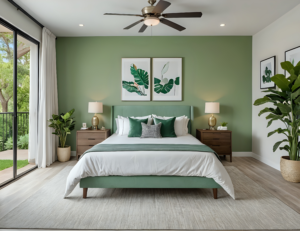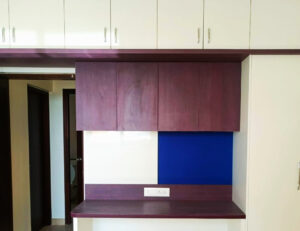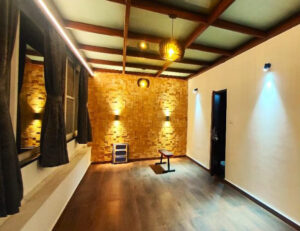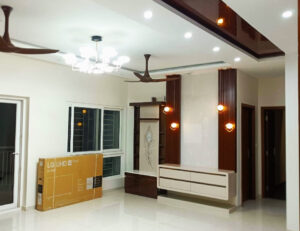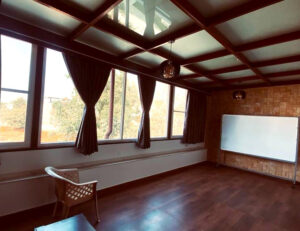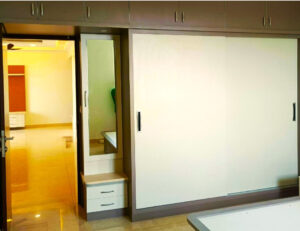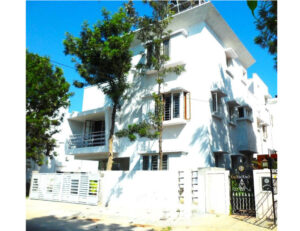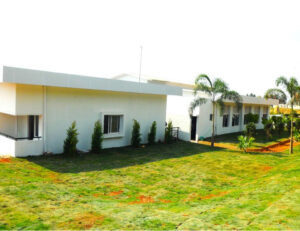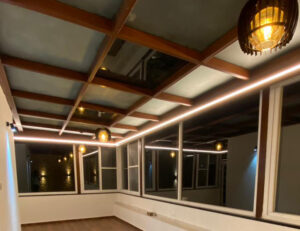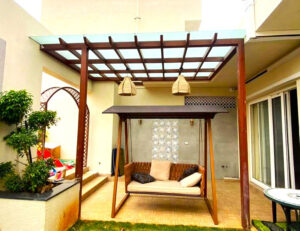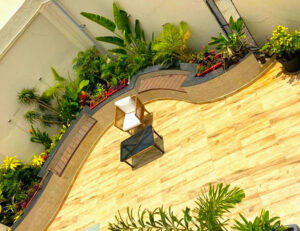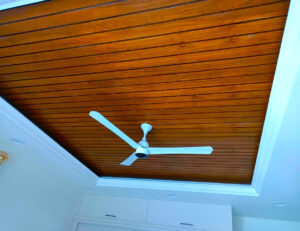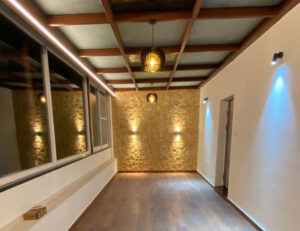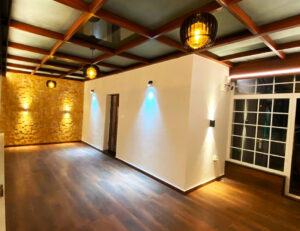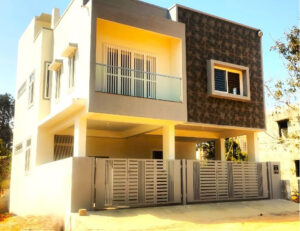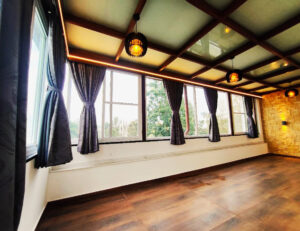Transform Your Garden: Welcome the Lush Beauty with Our Promising Lawns!
Get Ready to Experience Life to the Fullest with Our Lawn Solutions Right Here at Home!
Why Lawns to your Garden?
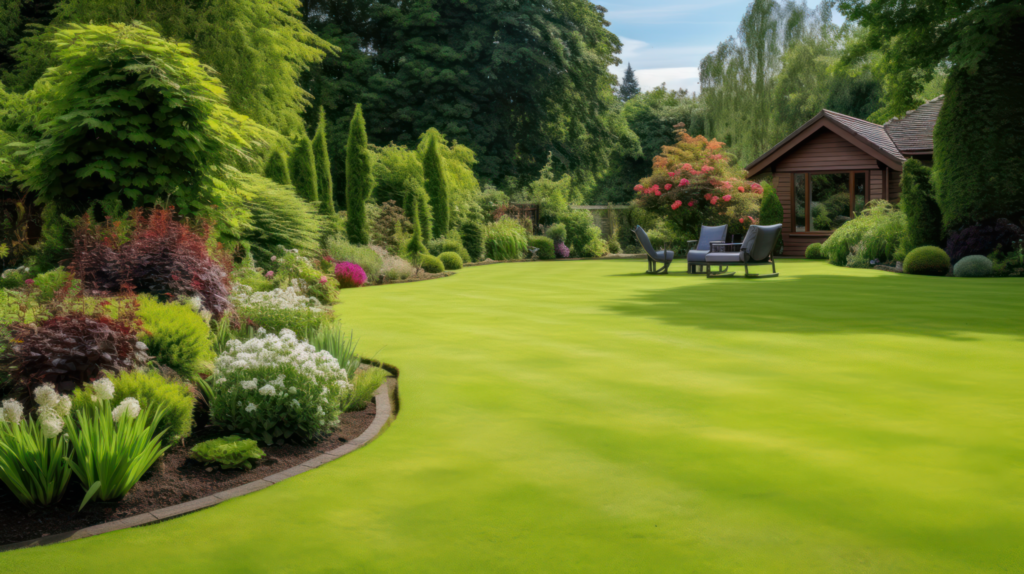
Lawns go beyond just the grass on the compound; they act as backdrops for our living spaces and playgrounds for our families. Lawns add beauty to one’s compound, increase the property’s value, reduce erosion, and provide oxygen to humans. Whether you are beginning your lawn from the ground up or want to rejuvenate your old and dull lawn, this guide will contain all the necessary information to help you get that lawn of your dreams!
Discover the Types of Lawns Available for Your Garden
Choose the Right Grass for your Outdoor
To start with, there is always the question of what kind of lawn one wants and this mostly depends on the regional climate as well as the activity level in the compound.
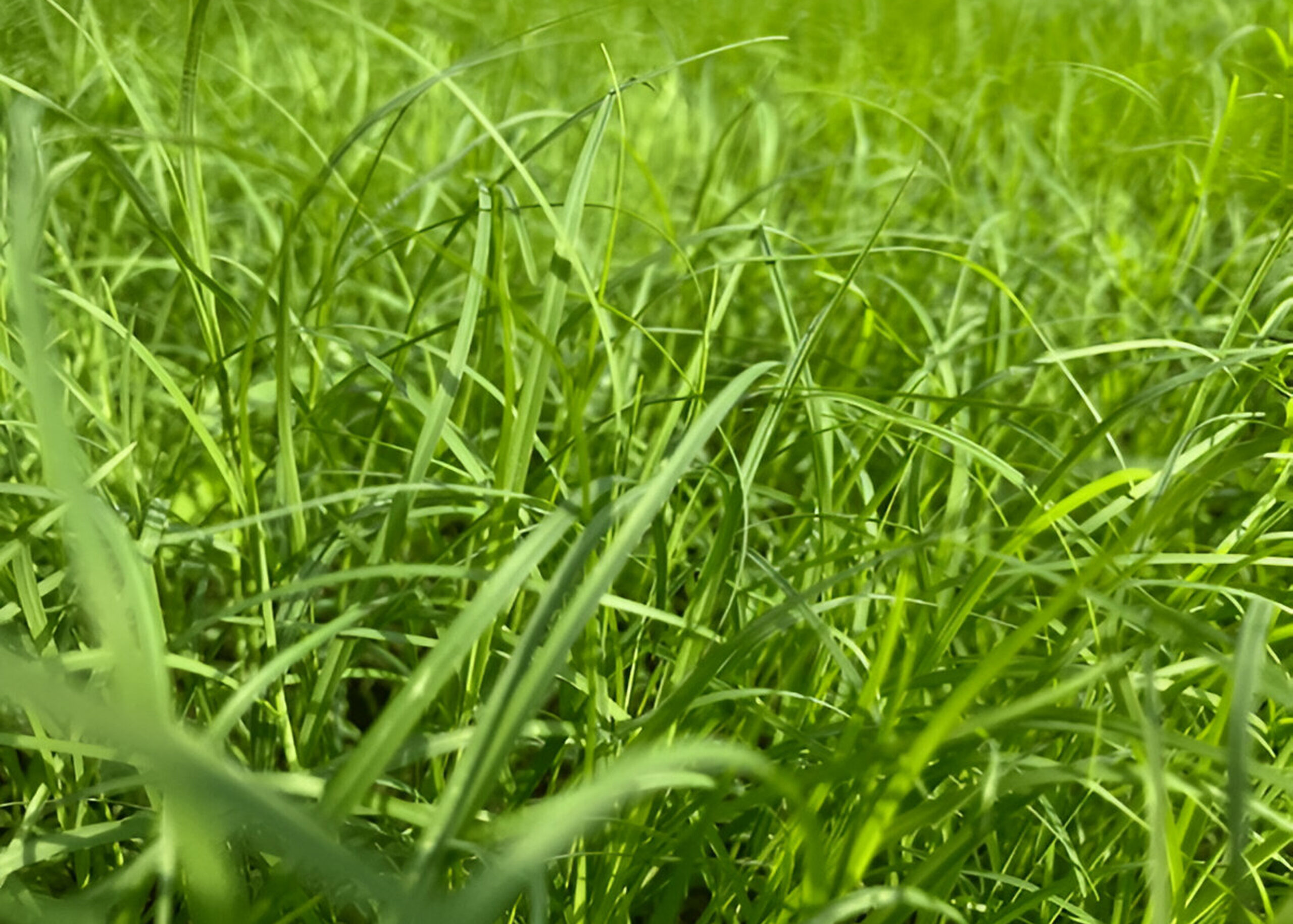
Bermuda grass
A warm-season grass, Bermuda is perfect for southern regions. It's drought-resistant and grows well in full sun, making it ideal for lawns that see heavy foot traffic.
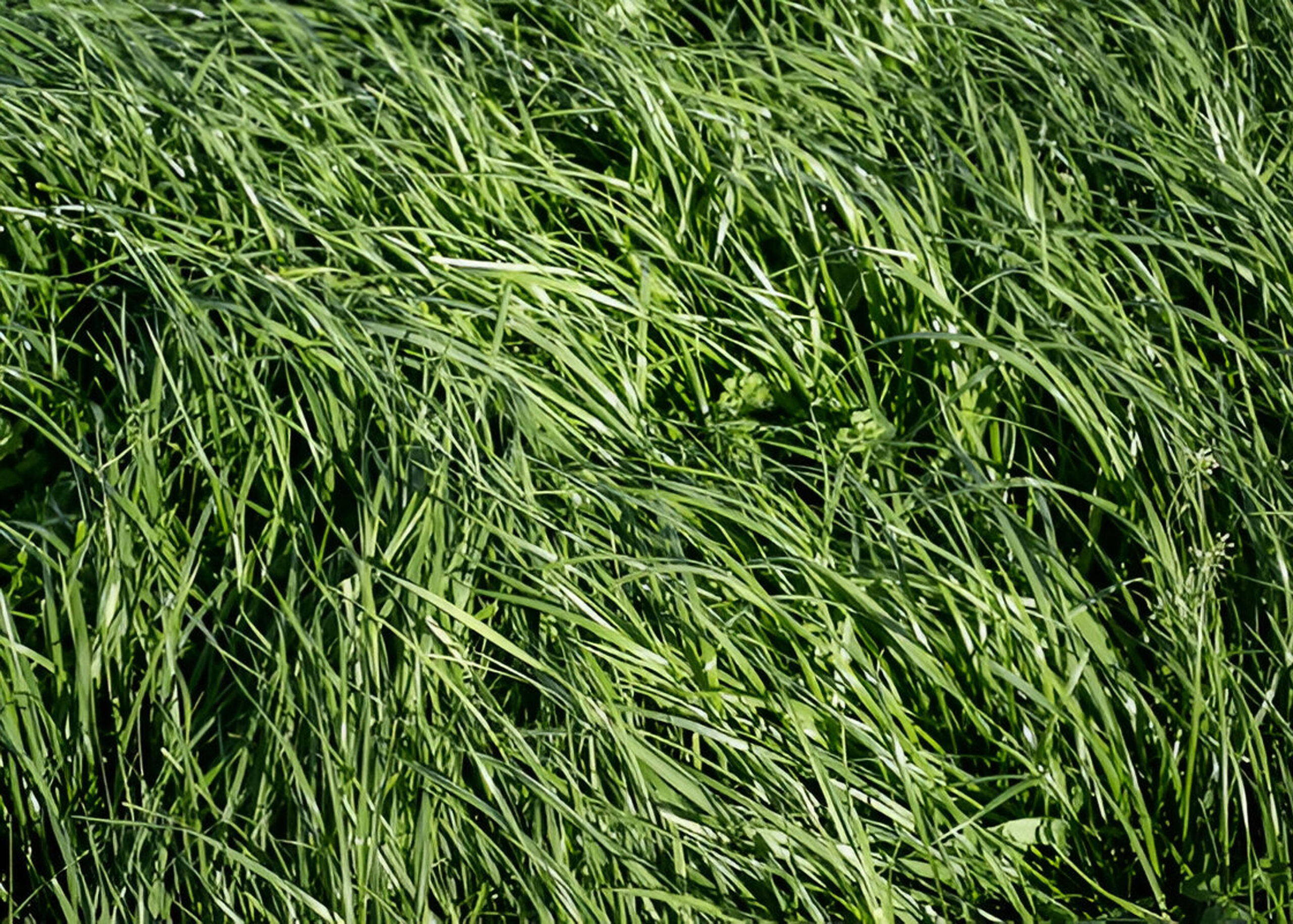
Tall Fescue
Suitable for transitional zones, tall fescue is known for its adaptability and drought tolerance. It has a coarse texture and deep roots, making it resilient in varying conditions.
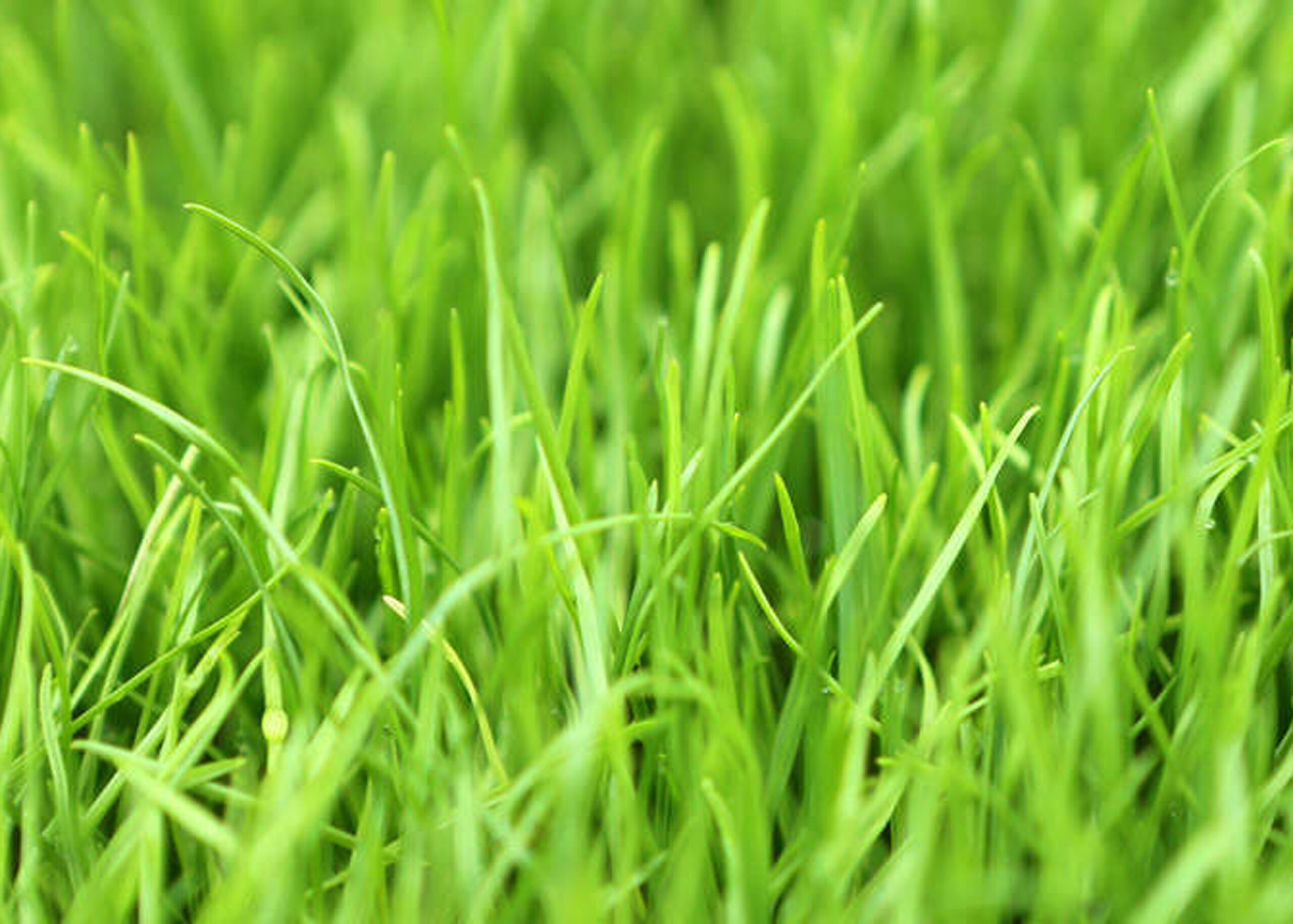
Perennial Ryegrass
This cool-season grass germinates quickly and establishes rapidly, making it a popular choice for quick patches and overseeding. It has a fine texture and vibrant color.
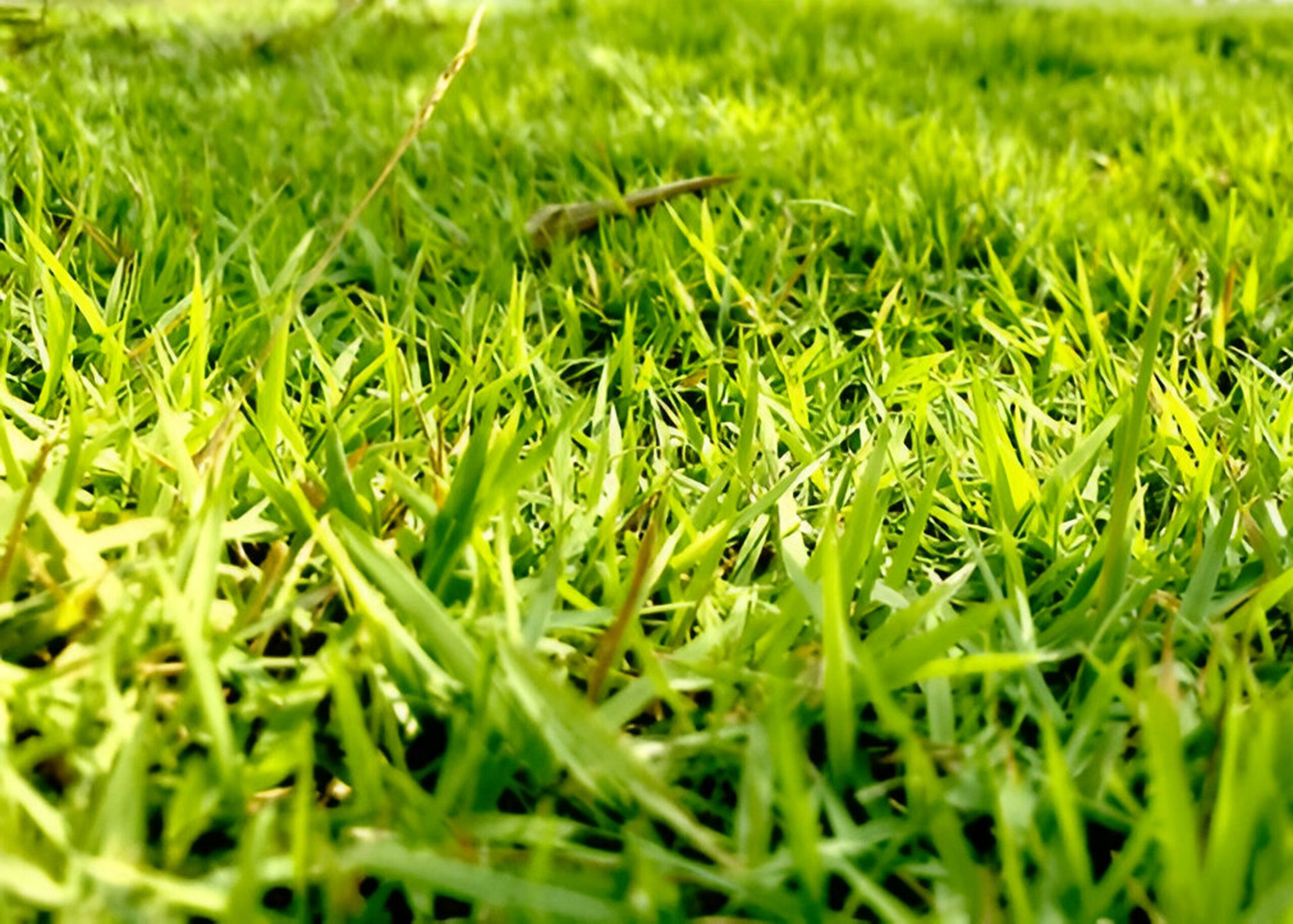
Zoysia Grass
A warm-season grass that is tolerant of heat, drought, and foot traffic. Zoysia has a dense growth habit and can thrive in both sunny and partially shaded areas.
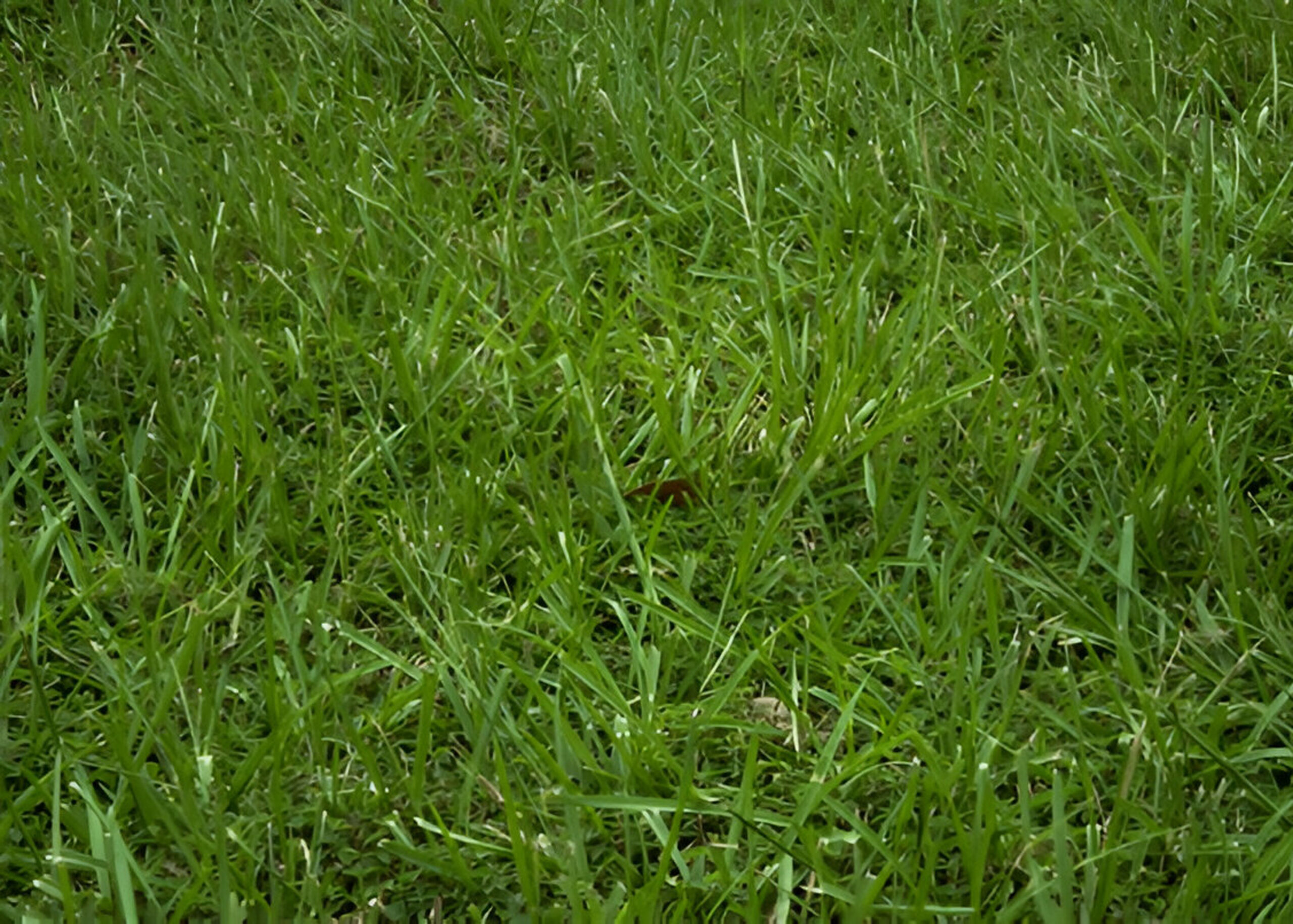
Fine Fescue
Comprising several species (e.g., creeping red fescue, chewings fescue), fine fescue is shade-tolerant and low-growing, making it suitable for cooler, moist areas and lawns with limited sun
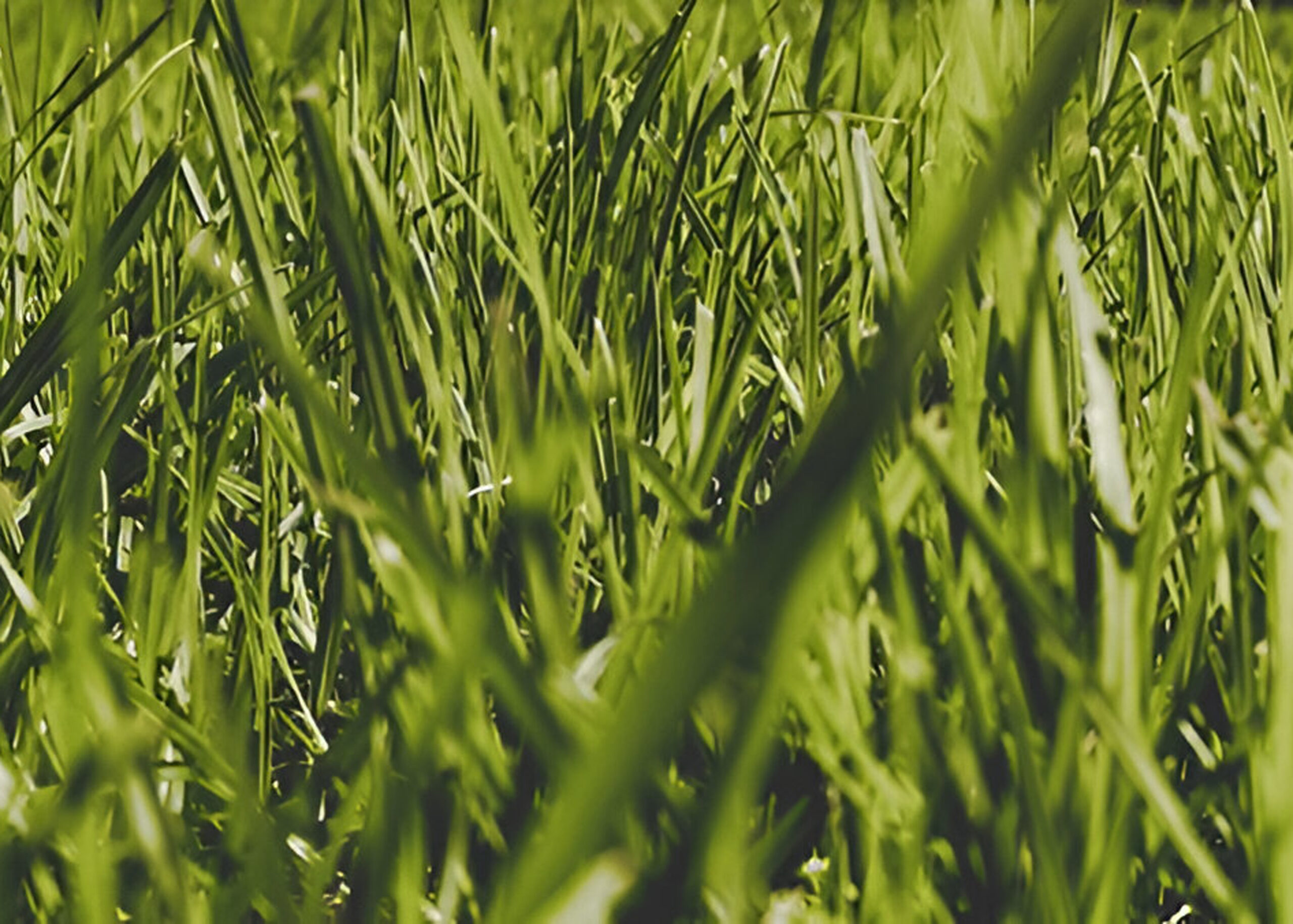
Buffalo Grass
A drought-resistant warm-season grass that is native to North America. It requires minimal maintenance and is well-suited for low-water areas and prairies.
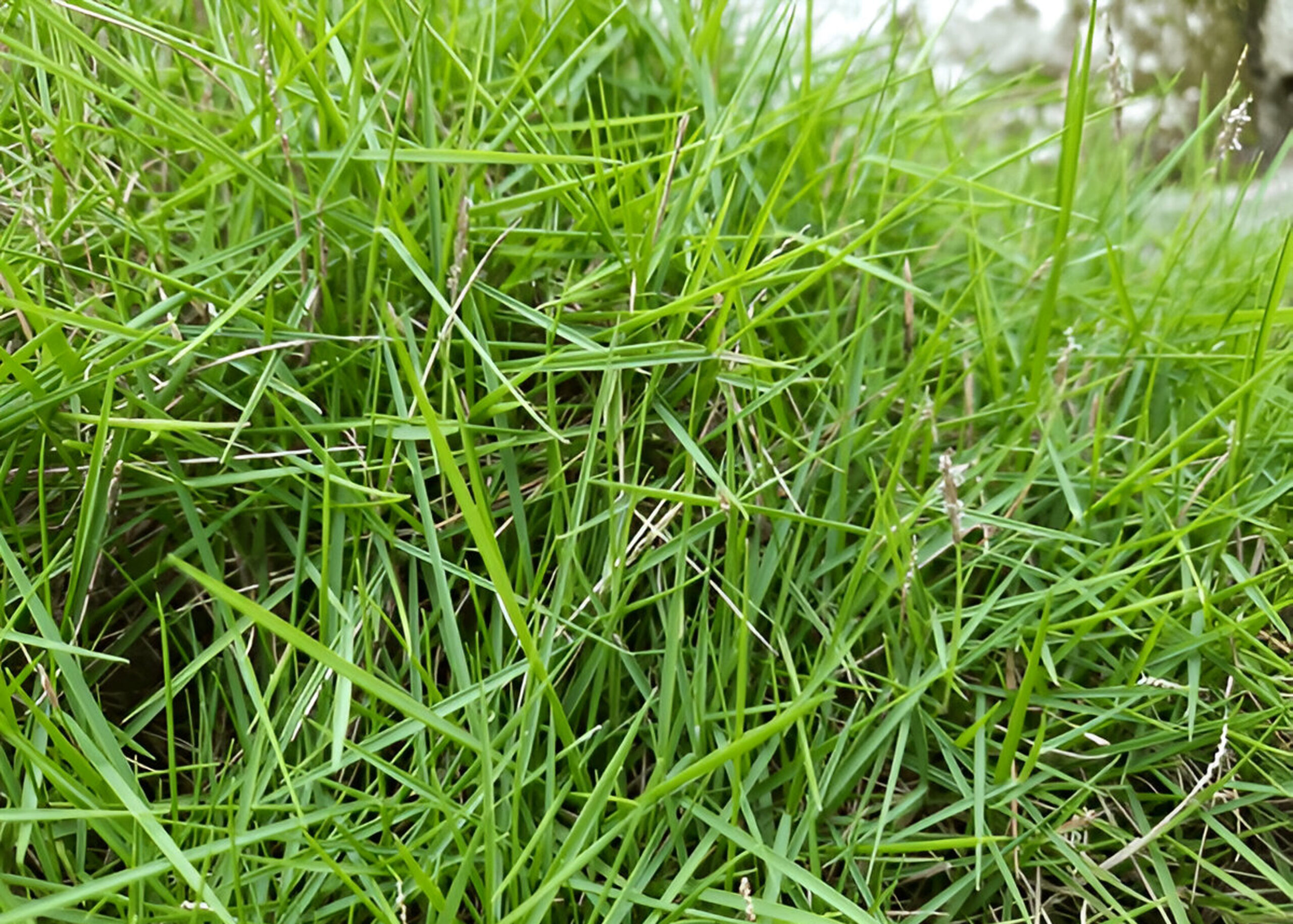
Creeping Bentgrass
Commonly used on golf courses, this fine-textured grass thrives in cool, moist conditions. It forms a dense mat and is ideal for high-maintenance lawns.
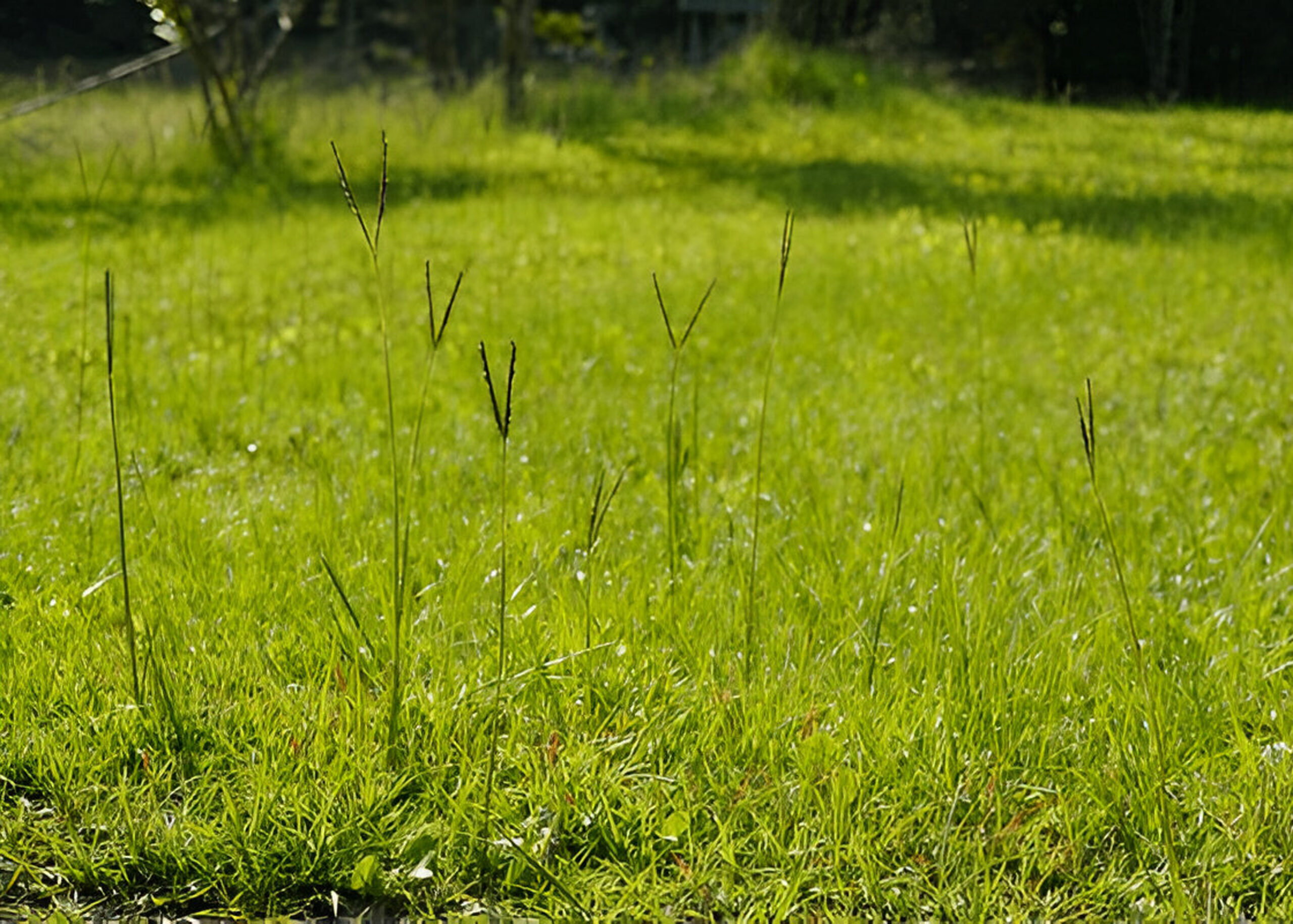
Bahia Grass
Comprising several species (e.g., creeping red fescue, chewings fescue), fine fescue is shade-tolerant and low-growing, making it suitable for cooler, moist areas and lawns with limited sun
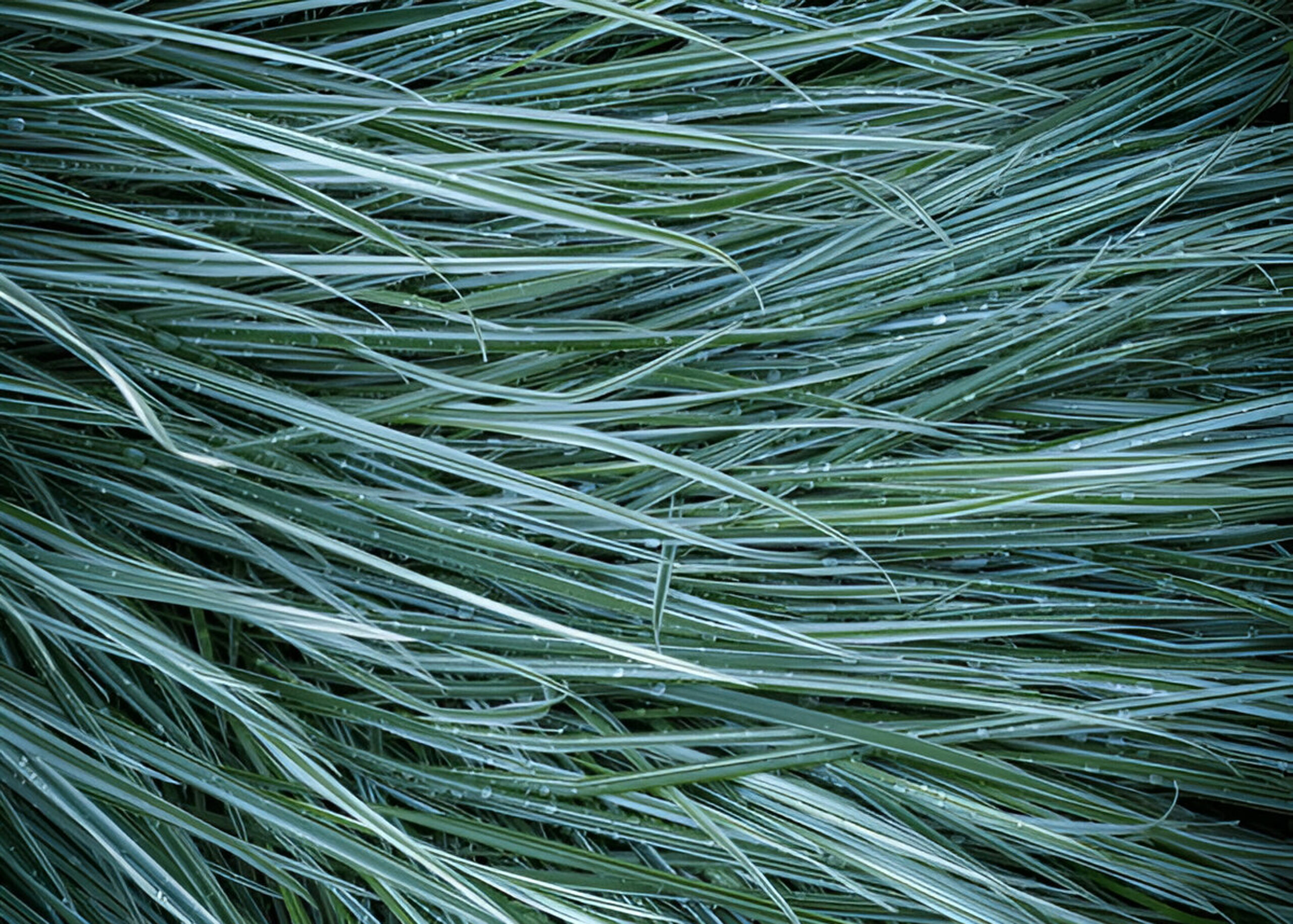
Ryegrass (Annual Ryegrass)
A drought-resistant warm-season grass that is native to North America. It requires minimal maintenance and is well-suited for low-water areas and prairies.
Planning outdoor recreation: Expert perspectives on landscape
We help turn your visions into reality with personalized landscaping solutions that speak to your personal style. Be it a beautiful flowerbed or a cozy patio, we guide you through every step to the realization of your dream space.
Here are a Few Tips to Make Your Lawn Look Beautiful
When taking care of a healthy lawn, one must be extremely careful and undertake many boring activities.
Follow These 4 Steps to Keep Your Lawn Healthy.
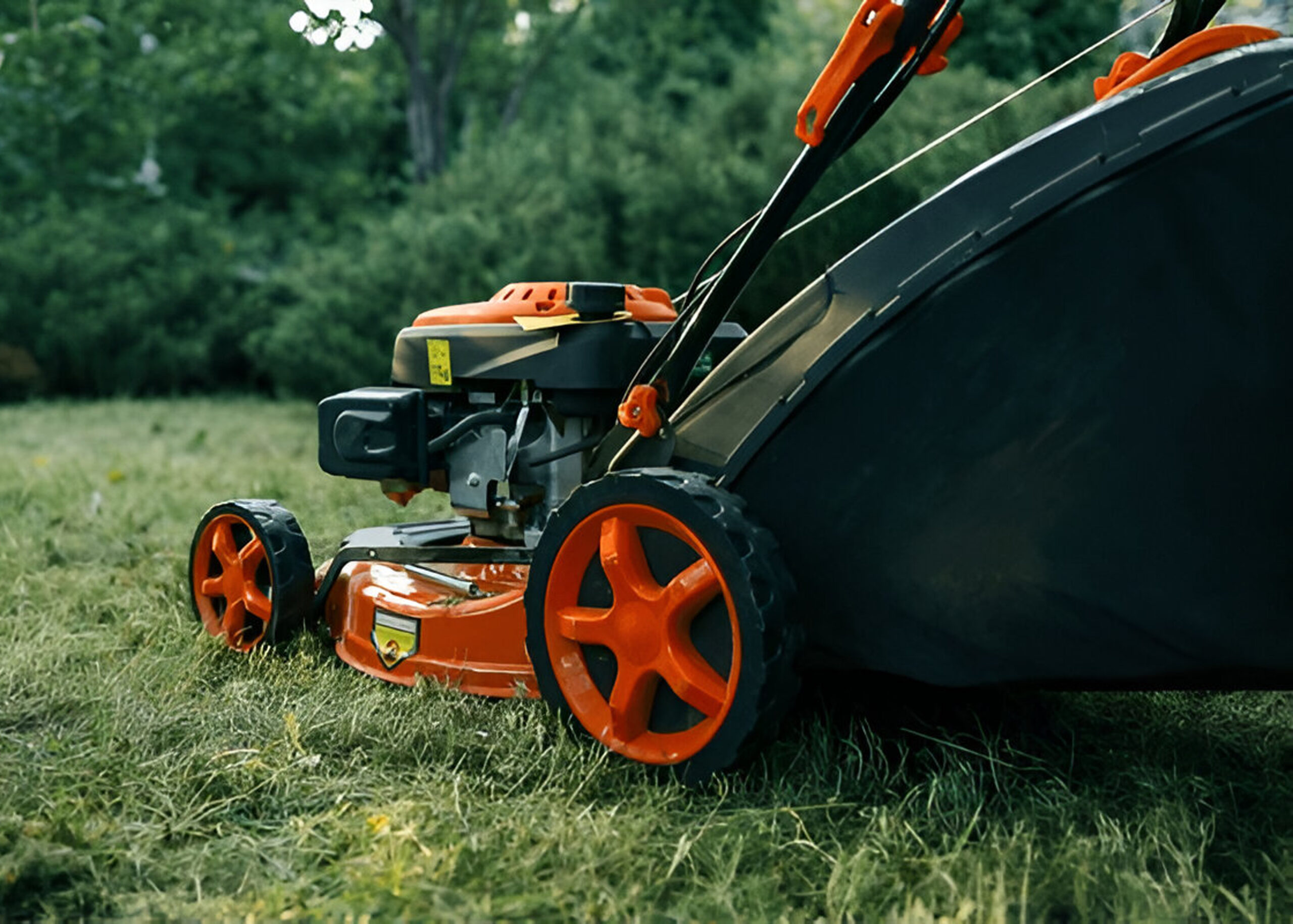
Mowing
Do not allow your grass to grow taller than 2.5 to 3 inches. This provides water for the maggot to act on and it also assists in breaking the moisture film on the bottom of the pot thus promoting deeper root development. It is also important to change the pattern of mowing to prevent soil compaction.
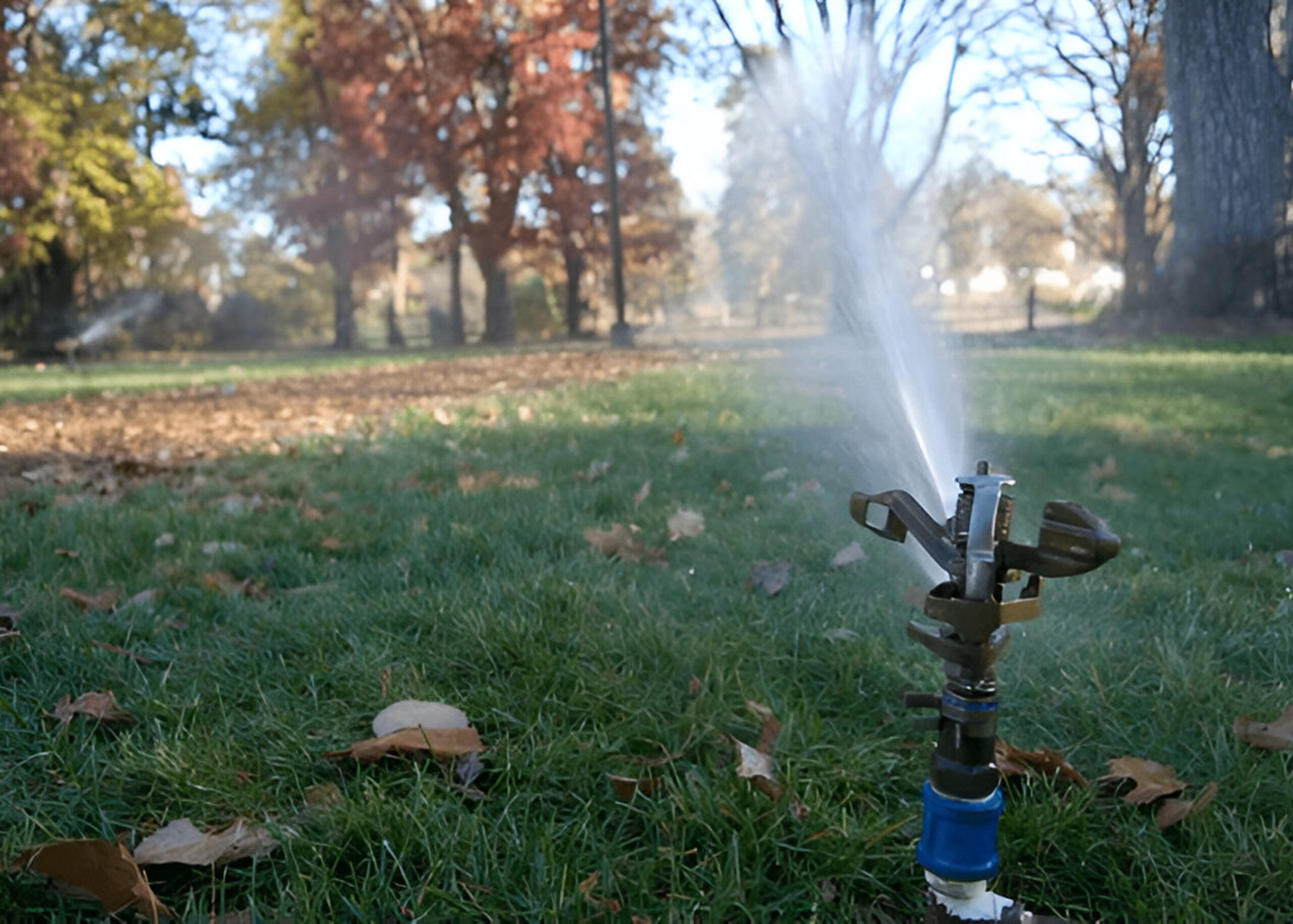
Watering
What is important here, is frequent yet deep watering. The ideal amount of water for your plants ranges between 0.5 to 1 inch per week, either from the rain or watering. Irrigation of plants and other crops should be carried in the morning so that there will be less evaporation.
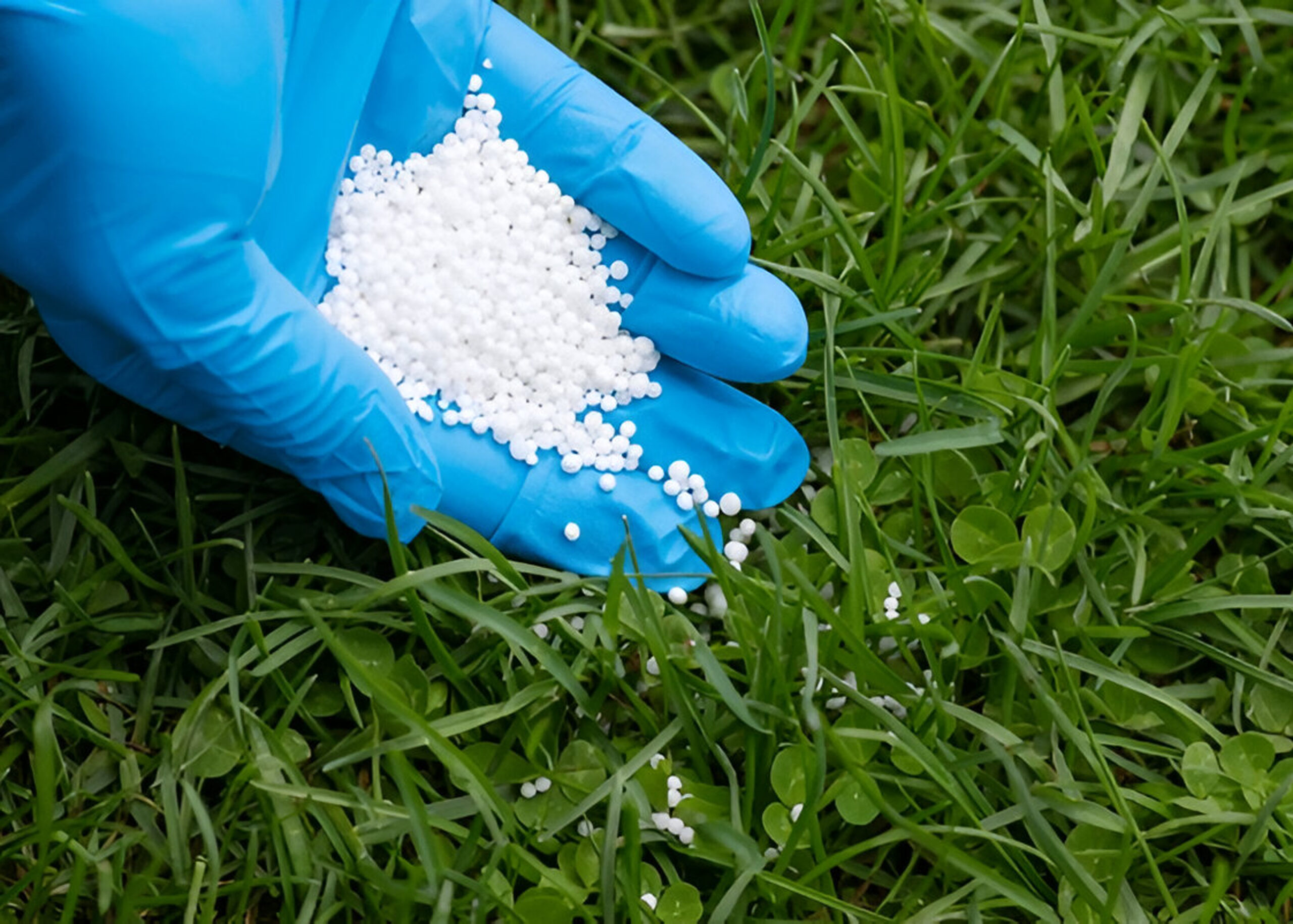
Fertilizing
Mixed fertilizer can be used in spring and fall because it has a good supply of nutrients to the plants. Screened options can also be used to make the lawn healthier as well as being friendly to the natural environment.
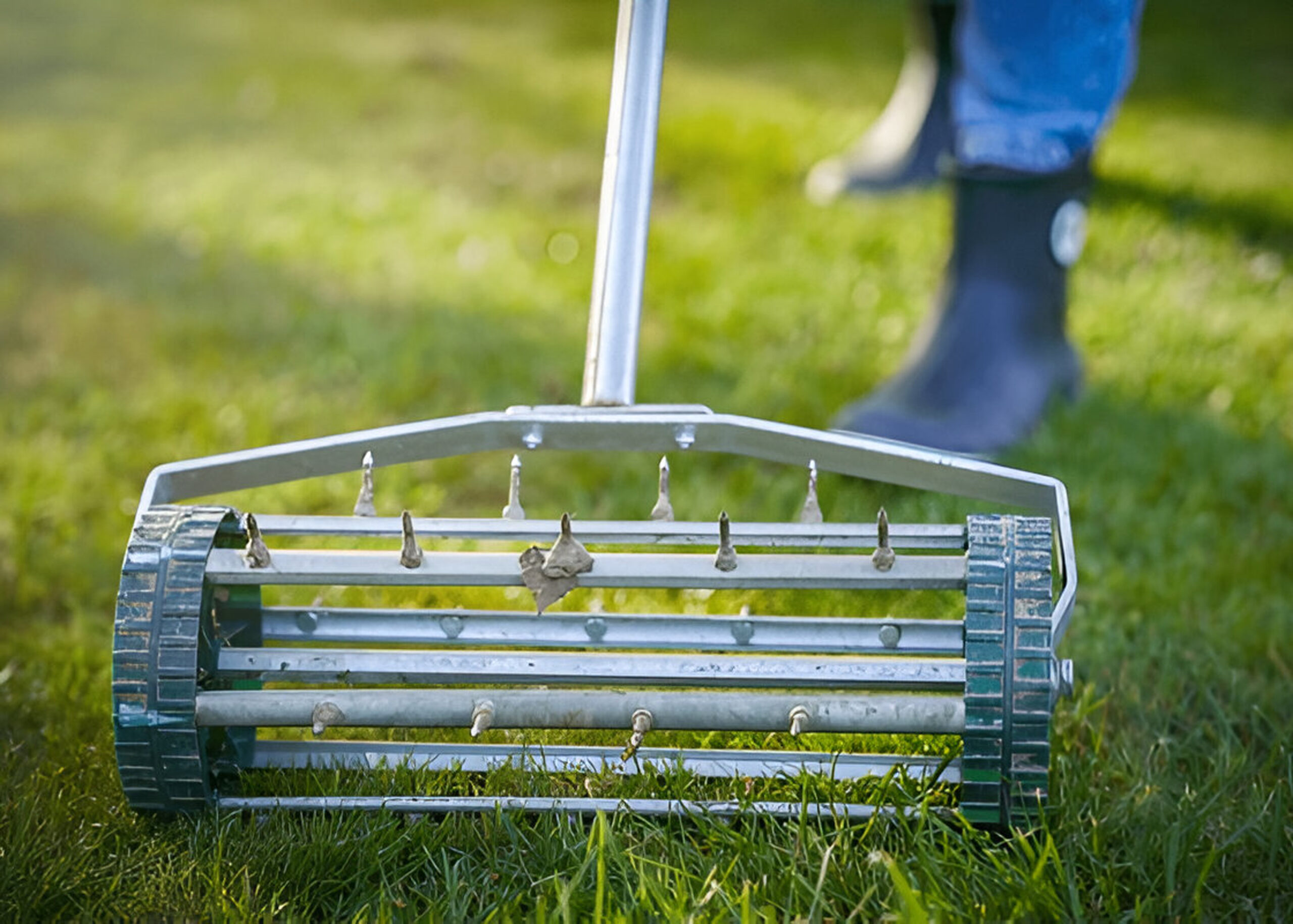
Aerating
It helps soil to receive air, water as well as nutrients easily by aerating your lawn. It is advisable to aerate during a growing season so that your lawn can conveniently fix any damage caused.
Google Reviews
From Our Clients
Trustindex verifies that the original source of the review is Google. Botaniclay did a great job with the spural staircase, pergola grills and internal glass railing for our home. They are extremely professional in approach and timelines are taken seriously. It was a pleasure to work with Birendra and team. I would highly recommend Botaniclay.Trustindex verifies that the original source of the review is Google. Botaniclay & Bricks - an incredible Team to work with! Their attention to detail and commitment to quality are truly commendable. Their expertise in landscape design is exceptional, transforming ordinary gardens into stunning, vibrant spaces. If you're looking for a team that brings creativity and professionalism to every project, Botaniclay & Bricks is the perfect choice!"Trustindex verifies that the original source of the review is Google. Great work done on rooftop pergola by Birendra & team👍Trustindex verifies that the original source of the review is Google. We got a beautiful terrace top landscaping done by the team of Botaniclay and Bricks. Mr.Birendra and his team were very professional and clear with the plan and execution. They delivered more than our expectations! Most importantly there was no compromise on the quality of materials and workmanship. They also followed up post delivery to check if there were any problems to be fixed. We highly recommend them if you are looking for resonable pricing with high quality work.Trustindex verifies that the original source of the review is Google. Really have to grant it to Mr Beerendra and team for the sheer commitment to work and quality at our new home. Till the job is done to their own sense of satisfaction, they themselves don't ask for complete payment. Did a very thorough job for both outdoors fabrication (Mangalore tiles) and for interiors panels.Trustindex verifies that the original source of the review is Google. If you are looking for a hassle free terrace roofing then go for “Botanically and Bricks LLP”. They have done pretty nice job in executing terrace pergola (Mangalorean tiles) without any supervision required from my side. All guests coming to home appreciate the quality work done by this team. They kept me updated by sending pictures and used same material what was promised while agreement signing. I am pretty happy about the quality and timely delivery from them.Trustindex verifies that the original source of the review is Google. Had pergolas and paritions installed; work was outstanding. The custom design was spot on and good quality of material used. Recommended!Trustindex verifies that the original source of the review is Google. Botaniclay and Bricks is highly reliable for enhancing the appearance of your garden or interior spaces. The company offers excellent customer service with a cooperative and skilled staff who helped transform my home into something truly impressive.Trustindex verifies that the original source of the review is Google. The team has done amazing work on outdoor landscaping. I really liked the way space has been utilized and has been given a look that is modern yet nature inspired. Not to mention, they have used super quality materials for all the work and no compromise was done on quality. They have gained my trust for sure and I will certainly recommend their work.
Explore Our Gallery
Frequently Asked Questions ?
Lawn mowing schedules depend on the combination of grass varieties and how your lawn grows. During active growth times, you need to cut your lawn approximately one to two times weekly. Mowing protocols for cool-season grasses should occur during spring and fall months, yet warm-season grasses require cutting during summer
It’s best to water your lawn deeply and infrequently, aiming for about 1 to 1.5 inches of water per week. Water early in the morning to reduce evaporation and allow grass to dry during the day, which helps prevent disease.
Signs that your lawn may need fertilizer include yellowing grass, slow growth, and a general lack of vigor. A soil test can also provide specific nutrient needs for your lawn, allowing for targeted fertilization.
Common grass types include Kentucky bluegrass and fescue for cool-season areas, and Bermuda grass and zoysia grass for warm-season regions. The best choice depends on your local climate and intended lawn use.
To control weeds, maintain a healthy lawn through proper mowing, watering, and fertilizing, as healthy grass competes better with weeds. You can also use pre-emergent herbicides in early spring and spot-treat existing weeds with targeted herbicides as needed.
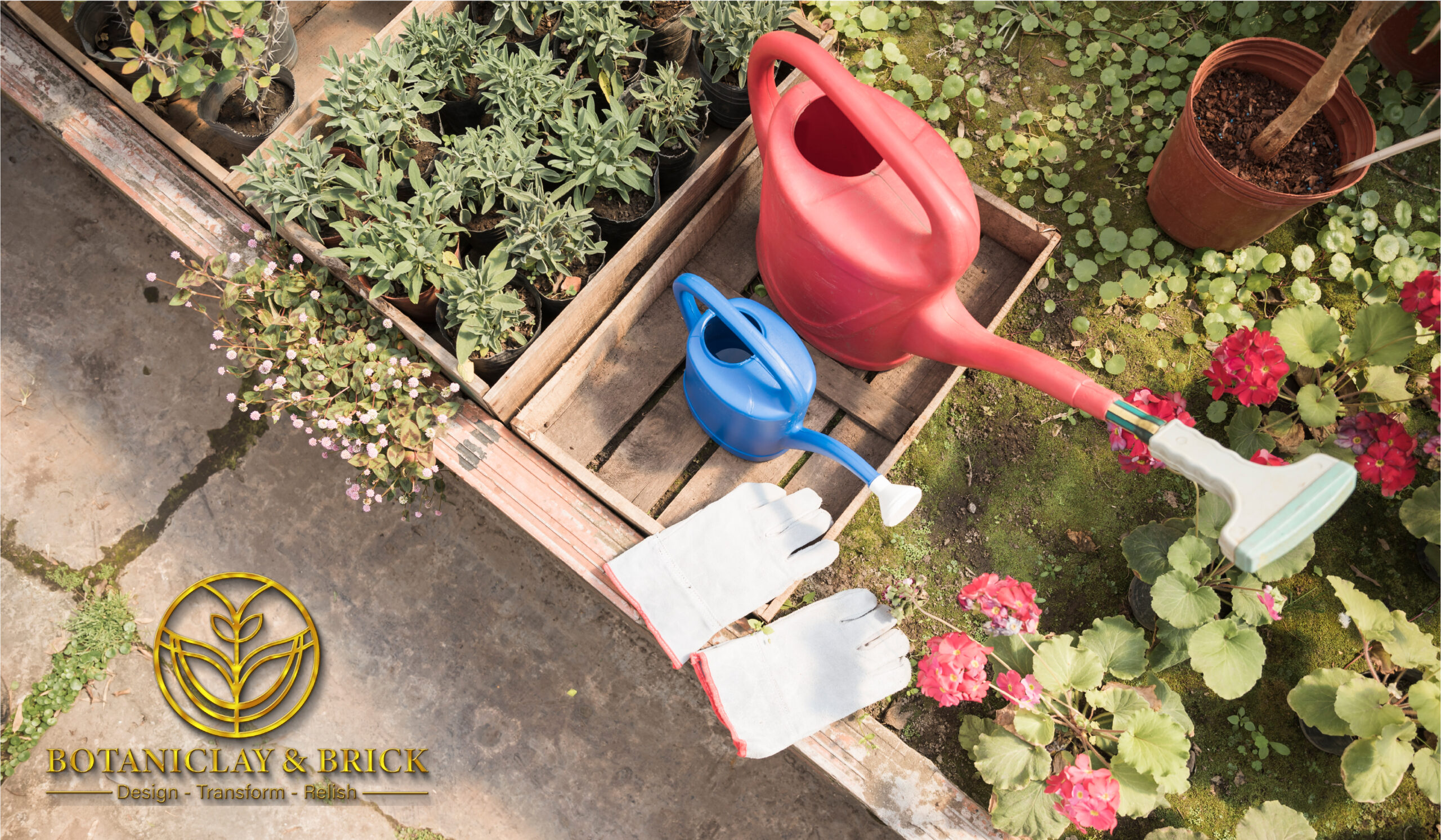
How to Design the Perfect Low-Maintenance Garden.
idea of gardening is commonly considered as a nostalgic, time-consuming work of art where the professionally tended land can blossom.....READ MORE
Quick Links
Contact us
Botaniclay and Bricks LLP
- Home
- About us
- Contact us
- Our Gallery
- Landscaping
- Interior Design
- Construction
- Other Services
- No258/2, Bagaluru to sathanuru Main Road Bengaluru, Karnataka-562149
- +91 7543 977 177
- [email protected]

